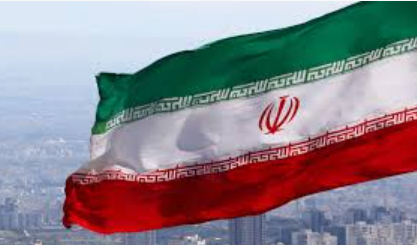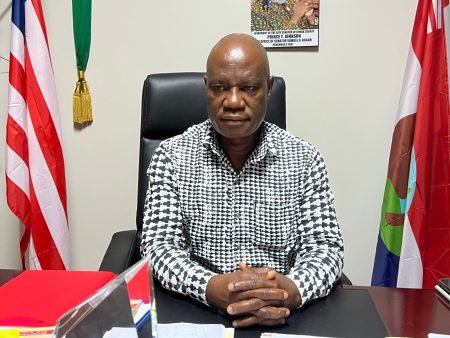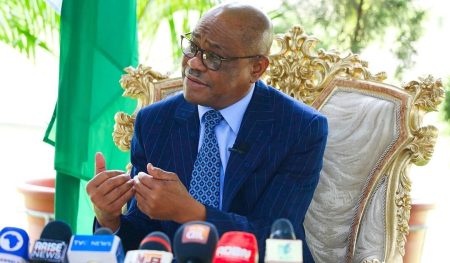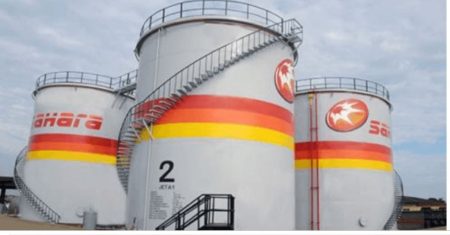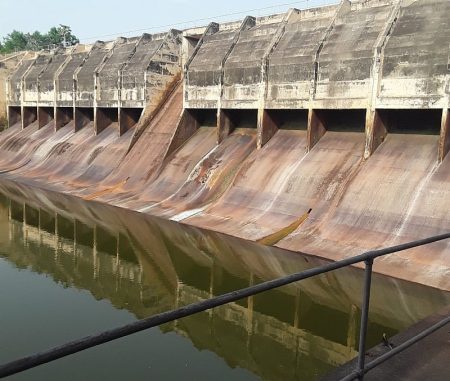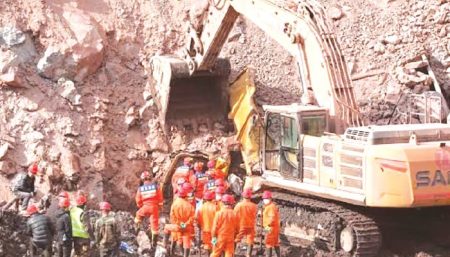A Devastating Explosion at Iran’s Largest Port: A Summary
A catastrophic explosion rocked Iran’s Shahid Rajaee Port, the nation’s largest commercial hub situated near the Strait of Hormuz, on Saturday, claiming the lives of at least 70 people and injuring over 1,000. The blast, followed by a raging inferno that continued to burn for days, has sent shockwaves through the country, prompting a national day of mourning and raising questions about safety protocols and potential underlying causes. Located in Hormozgan province, the port serves as a vital artery for global oil transport, making the incident a matter of international concern.
Initial investigations point towards negligence and non-compliance with safety regulations as the primary factors behind the disaster. Interior Minister Eskandar Momeni, who arrived at the scene shortly after the explosion, confirmed that several individuals deemed culpable have been summoned and are under investigation. While the exact nature of the stored materials that ignited remains unclear, the port’s customs office indicated the explosion likely originated from a fire that erupted within a hazardous and chemical materials storage depot.
Video footage circulating on social media captured the horrifying sequence of events leading up to the explosion. A small fire, initially emitting orange-brown smoke amidst stacked containers, rapidly escalated into a massive fireball, engulfing the area and sending people scrambling for safety. The intensity of the blast and subsequent fire necessitated extensive firefighting efforts, with teams battling the blaze for days, aided by specialists dispatched from Russia.
While Iranian officials have so far classified the explosion as an accident, the incident unfolds against a backdrop of escalating tensions and a history of covert conflict with Israel. Although Iranian authorities have denied the presence of military materials at the site, a source linked to Iran’s Islamic Revolutionary Guard Corps, speaking anonymously to The New York Times, suggested the explosion involved sodium perchlorate, a key component in solid missile fuel. However, the Iranian defense ministry has refuted these claims, stating that no military cargo was present in the affected area.
The explosion has had a profound impact on the local community, forcing the closure of schools and offices and prompting authorities to advise residents to remain indoors and use protective masks. President Masoud Pezeshkian visited the injured in nearby Bandar Abbas hospitals, expressing solidarity and offering support to the victims. The incident occurred as Iranian and US delegations were engaged in talks regarding Tehran’s nuclear program in Oman, adding another layer of complexity to the already sensitive geopolitical landscape.
The aftermath of the explosion has raised serious concerns about safety standards and emergency preparedness at Iranian ports. The scale of the devastation and the high casualty count highlight the urgent need for a thorough investigation and a comprehensive review of safety protocols to prevent similar incidents in the future. While the official investigation is ongoing, the incident has fueled speculation about potential sabotage and the vulnerability of critical infrastructure. The international community awaits the results of the investigation and the Iranian government’s response to address the safety deficiencies revealed by this tragic event. The port is crucial to Iran’s economy, and the extent of the damage and disruption to operations will require significant resources and time to address.





